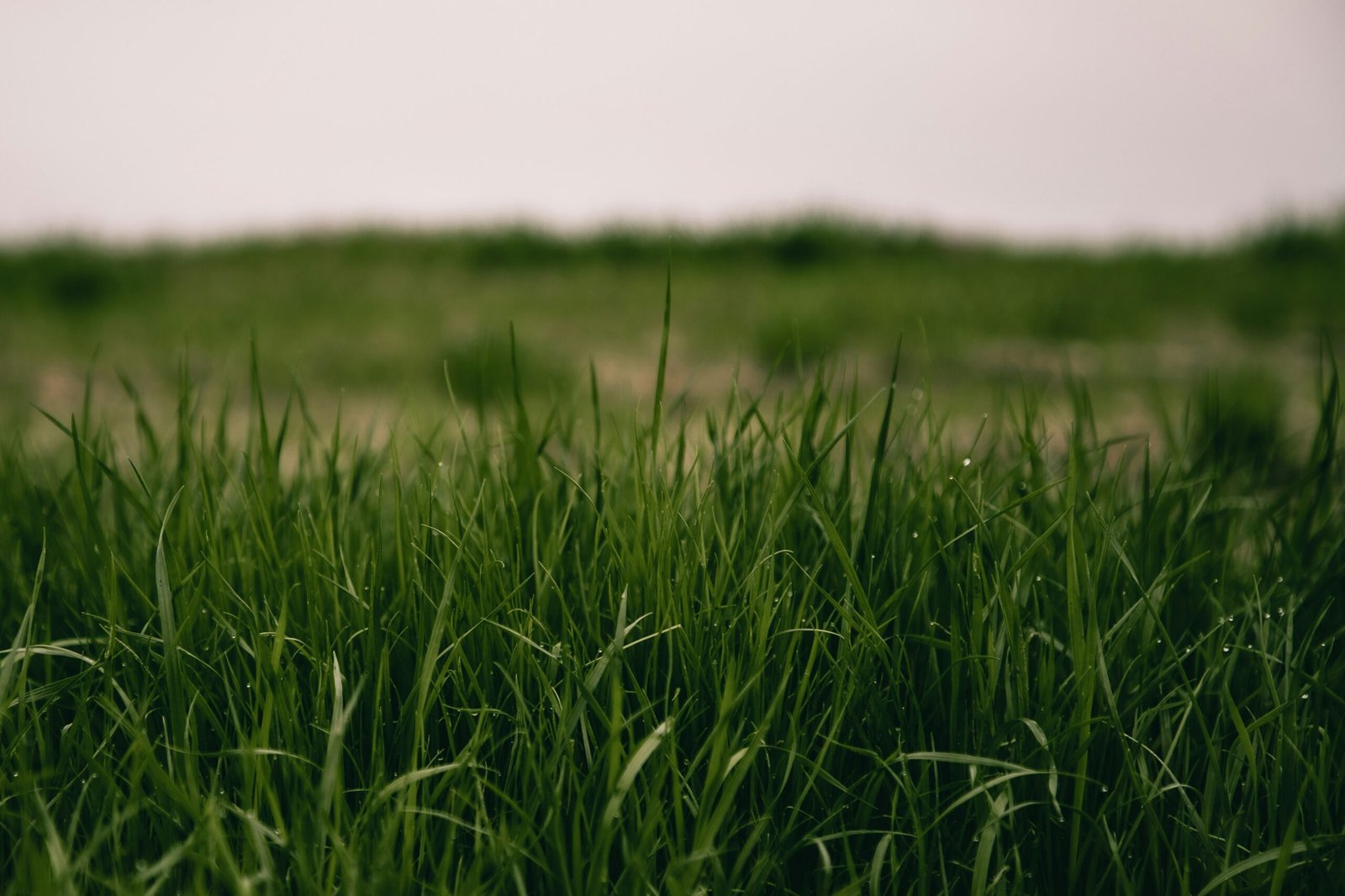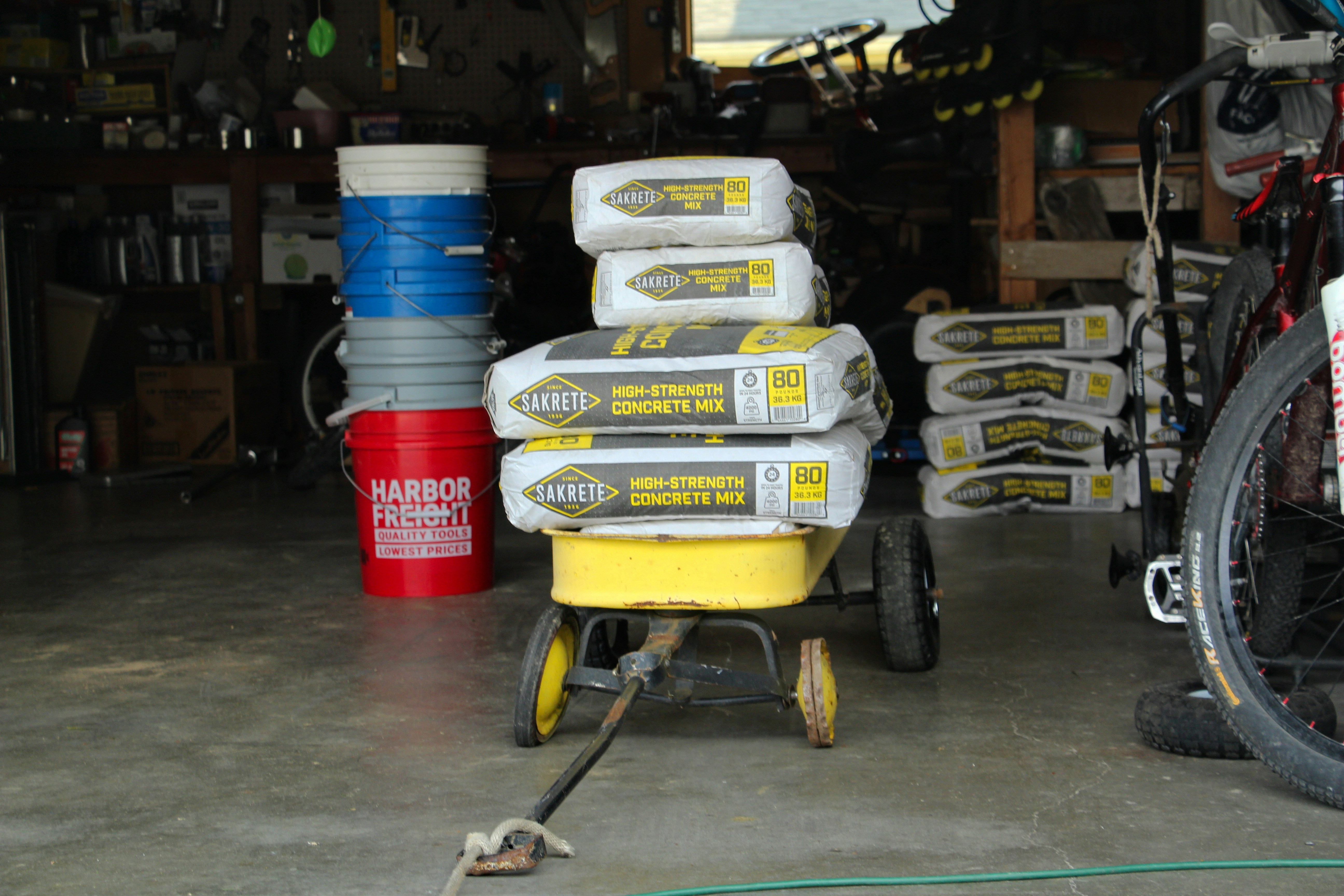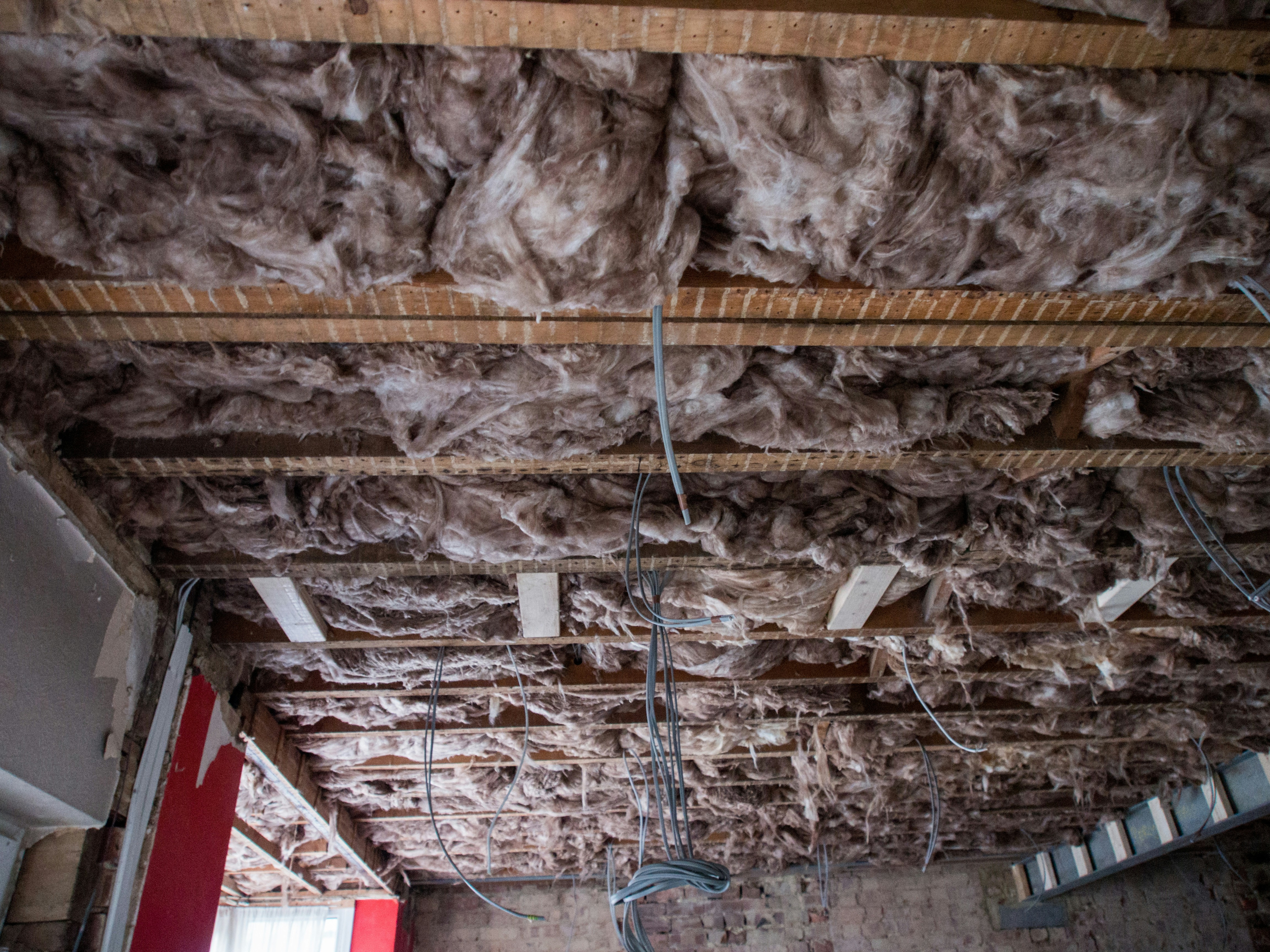Introduction: The Great Leaf Debate
As the seasons change and trees don their vibrant autumn hues, homeowners face a familiar challenge: the management of fallen leaves. Every year, yards transform into a canvas of colorful foliage, but this beauty comes with the responsibility of maintaining an orderly outdoor space. The task of managing leaves can be quite daunting, making it essential to explore effective strategies to handle this seasonal accumulation.
Two primary approaches dominate the conversation around leaf management: bagging leaves and mowing them for mulch. Each method has its proponents and detractors, as both offer distinct advantages and disadvantages that can affect a homeowner’s choice based on their individual needs and preferences. Bagging leaves, for instance, involves collecting and disposing of the leaves in bags, presenting a clean appearance and reducing the potential for lawn diseases. This method, however, can be labor-intensive and may result in additional costs associated with disposal services.
On the other hand, using a lawn mower to mulch leaves is celebrated for its additional ecological benefits. When leaves are chopped into smaller pieces, they can decompose on the lawn, providing vital nutrients to the soil and promoting a healthier lawn ecosystem. This method not only reduces waste but also conserves resources by eliminating the need for leaf bags and transport. Nevertheless, this approach may pose challenges, particularly when dealing with a substantial number of leaves or when the leaves are wet or matted down.
With these contrasting methods, the great leaf debate continues. Homeowners must weigh the practicality and effectiveness of bagging versus mulching as they seek to keep their yards tidy during this colorful yet cumbersome season. In the following sections, we will delve deeper into each approach, exploring alternative leaf management ideas and their potential advantages.
#americanachoice
A Mulching Mower: The Eco-Friendly Choice
Using a mulching mower for leaf management is increasingly recognized as an eco-friendly option. Unlike traditional mowers, mulching mowers are designed to chop leaves and grass into fine pieces that can decompose easily on the lawn. This process not only reduces the amount of waste that ends up in landfills but also contributes to soil health by returning essential nutrients directly to the earth.
The mechanics of a mulching mower involve a specialized blade system that creates a vortex within the cutting deck. As the leaves are cut, they are continually circulated until they reach a finely shredded state. This method allows for swift decomposition, enabling the leaf material to mix with the soil and enhance its fertility. By retaining these natural materials rather than bagging and discarding them, homeowners can effectively minimize their environmental impact.
For optimal leaf management with a mulching mower, certain practices can be beneficial. First, it is important to mow leaves when they are dry, as moisture can cause them to clump together and reduce the efficiency of the mulching process. Adjusting the mower blade height can also aid in achieving better results; a higher setting allows the mower to work effectively without scalping the lawn. Regularly maintaining the mower blades to ensure they are sharp and clean is essential, as dull blades can lead to uneven cuts and poor mulching performance.
By adopting this method, homeowners can transform their lawn care routine into a more sustainable practice. Awareness of the mulching mower’s capabilities and proper usage techniques enables effective leaf management while promoting a healthier ecosystem in the backyard.
Leaf Composting: Turning Waste into Garden Gold
Composting fallen leaves is an effective way to recycle organic matter, transforming it from waste into valuable garden resources. Leaf composting not only helps reduce landfill waste, but it also contributes significantly to improving soil health and fertility. Leaves are rich in nutrients and can serve as a powerful addition to compost piles, benefiting gardeners and homeowners alike.
The composting process begins with collecting fallen leaves from your yard. It is important to gather a variety of leaves, as different types contribute different nutrients. Once collected, chop the leaves into smaller pieces to accelerate decomposition. This step can be completed using a lawn mower or a leaf shredder; both methods help break down the leaves, allowing for faster composting.
After preparing the leaves, create a compost pile by layering the chopped leaves with other compostable materials, such as kitchen scraps, grass clippings, and dried plants. A good balance of green (nitrogen-rich) and brown (carbon-rich) materials is crucial for successful composting. The ideal ratio is roughly three parts brown materials to one part green materials.
To enhance the composting process, moisture and aeration are important factors. Keeping the compost pile damp, but not soggy, aids in microbial activity. Turning the pile every few weeks will introduce air, promoting faster decomposition and preventing odor issues. Over time, the leaves will break down, transforming into rich compost that can be utilized in your garden.
The benefits of leaf composting are numerous. It enhances soil structure, improves moisture retention, and encourages beneficial microorganisms in the soil. By using leaf compost as a natural fertilizer, gardeners can boost plant growth while reducing reliance on chemical inputs. With a little time and effort, composting fallen leaves can truly turn waste into garden gold.
Leaf Mold: A Natural Soil Amendment
Leaf mold is an organic material made from the decomposition of fallen leaves. This natural mulch and soil amendment plays a crucial role in enhancing soil structure and fertility. As the leaves break down, they yield a rich, dark, crumbly substance that resembles compost. The process of creating leaf mold is both simple and beneficial, allowing gardeners to transform an abundant waste product into a resource that improves the garden’s overall environment.
One of the most significant advantages of leaf mold is its ability to retain moisture in the soil. This hydration retention helps ensure that plants have consistent access to moisture, particularly during dry spells. Additionally, leaf mold improves soil drainage by creating air pockets in compacted soil, allowing water to flow through more freely. This is particularly important for garden health, as it minimizes the risk of root rot and other issues caused by excess water. Furthermore, the organic matter in leaf mold enriches the soil as it decomposes, providing vital nutrients that promote healthy plant growth.
Creating leaf mold is straightforward. To begin, collect a variety of leaves, preferably from hardwood trees, as they decompose faster compared to softwood leaves. It is advisable to shred the leaves to accelerate the breakdown process. Once collected, pile the leaves in a designated area or use a compost bin. Over time, the leaves will naturally decompose, transforming into leaf mold within 6 months to 2 years. For optimal results, it is beneficial to turn the pile occasionally to improve aeration and moisture distribution.
Leaf mold can be utilized in the garden during planting and as a top dressing throughout the growing season. Incorporating it into garden beds enhances soil quality, ensuring plants thrive in a nutrient-rich environment. The use of leaf mold, therefore, not only recycles leaves but also enriches the garden space.
Designing a Leaf Habitat: Biodiversity Boost
Creating a leaf habitat in your garden is an innovative way to enhance biodiversity, providing essential shelter and food sources for various wildlife. By allowing some leaves to decompose naturally on the ground, you foster an environment that attracts beneficial insects, small mammals, and birds. This practice supports ecological balance and encourages a rich biological community.
Insects, such as beetles and butterflies, often use leaf litter as a breeding ground. When leaves are left undisturbed, they create a microhabitat that harbors these species, allowing them to thrive and contribute to the pollination of flowering plants. Additionally, small mammals like chipmunks and shrews rely on leaf cover for protection from predators, using the leaves for nesting and foraging. Birds also benefit from this practice, as they forage through the leaves for seeds and insects, enriching their diets and promoting their overall health.
Integrating these leaf habitats into your garden design can be a thoughtful approach to managing leaves. Designate specific areas where leaves will be accumulated, perhaps in a corner of your garden or around existing shrubbery. This placement can enhance the aesthetic and ecological value of your space simultaneously. Additionally, consider planting native plants nearby that will attract wildlife, reinforcing the habitat created by the leaf litter. Another technique is to layer leaves with mulch, which not only contains weeds but also maintains soil moisture while providing a safe sanctuary for various organisms.
Overall, adopting a mindset that values leaf habitats is crucial for promoting biodiversity. Recognizing the ecological benefits of leaving leaves in certain areas can lead to healthier ecosystems, ultimately resulting in a garden that is both beautiful and flourishing with life.
If you’re interested in purchasing the item you seek, please click the link for additional details: #americanachoice.
https://amzn.to/3SBN3Oy
AFFILIATE DISCLOSURE: I am an affiliate for this company, I am not a paid employee.
I may receive a commission if you click a link on this page and choose to purchase something.
You can rest assured I will only share things I believe in and will be valuable to you.



